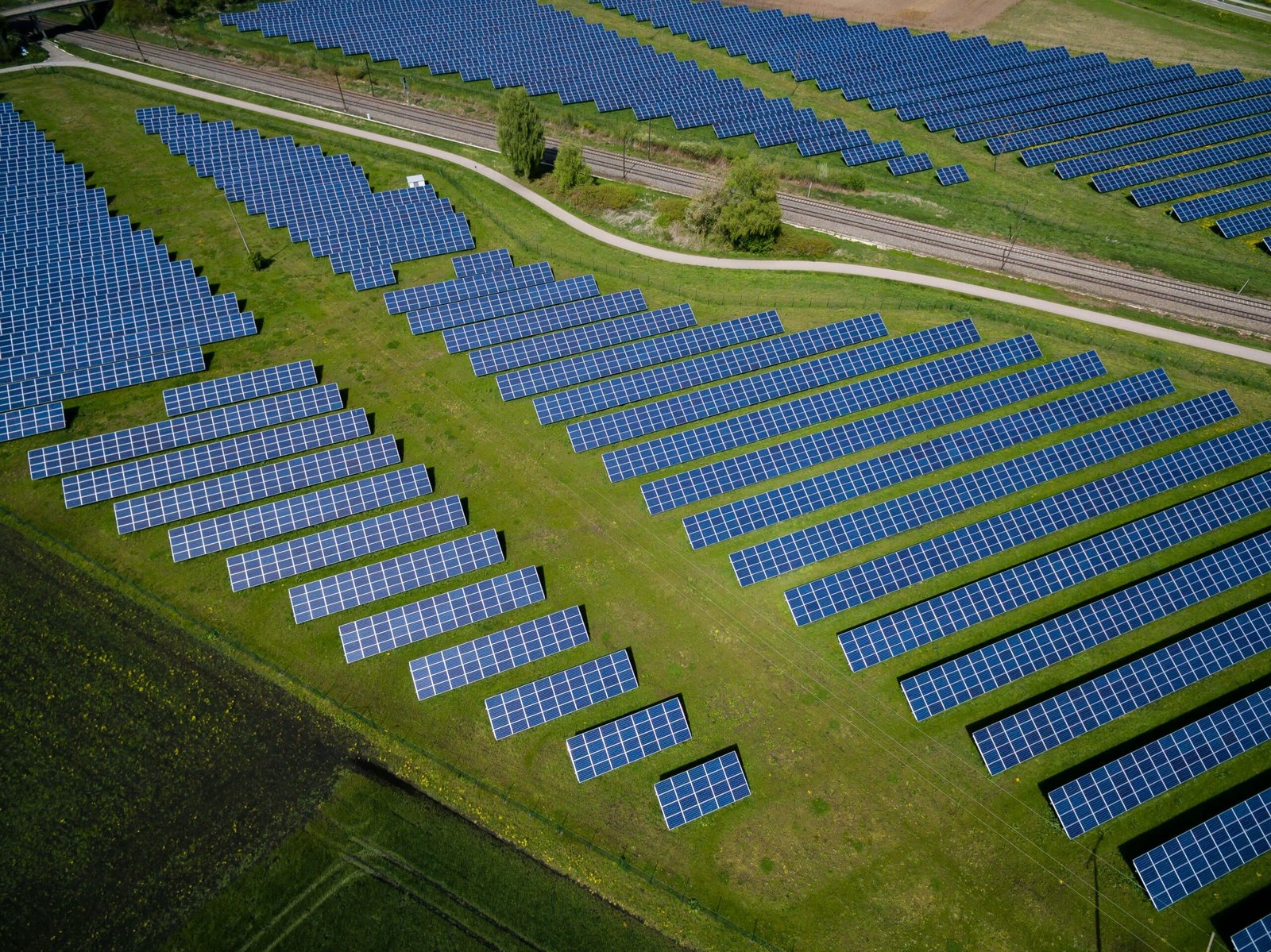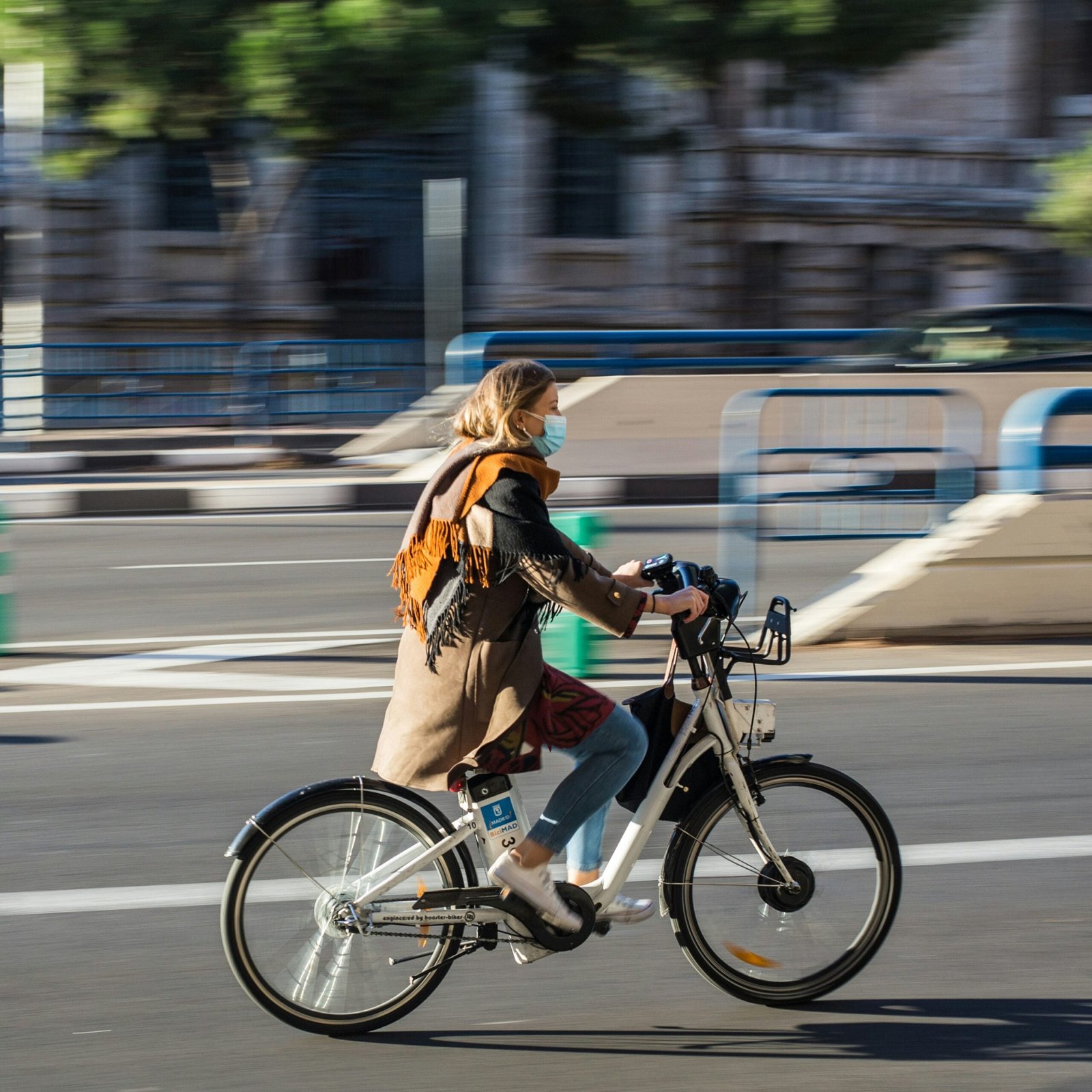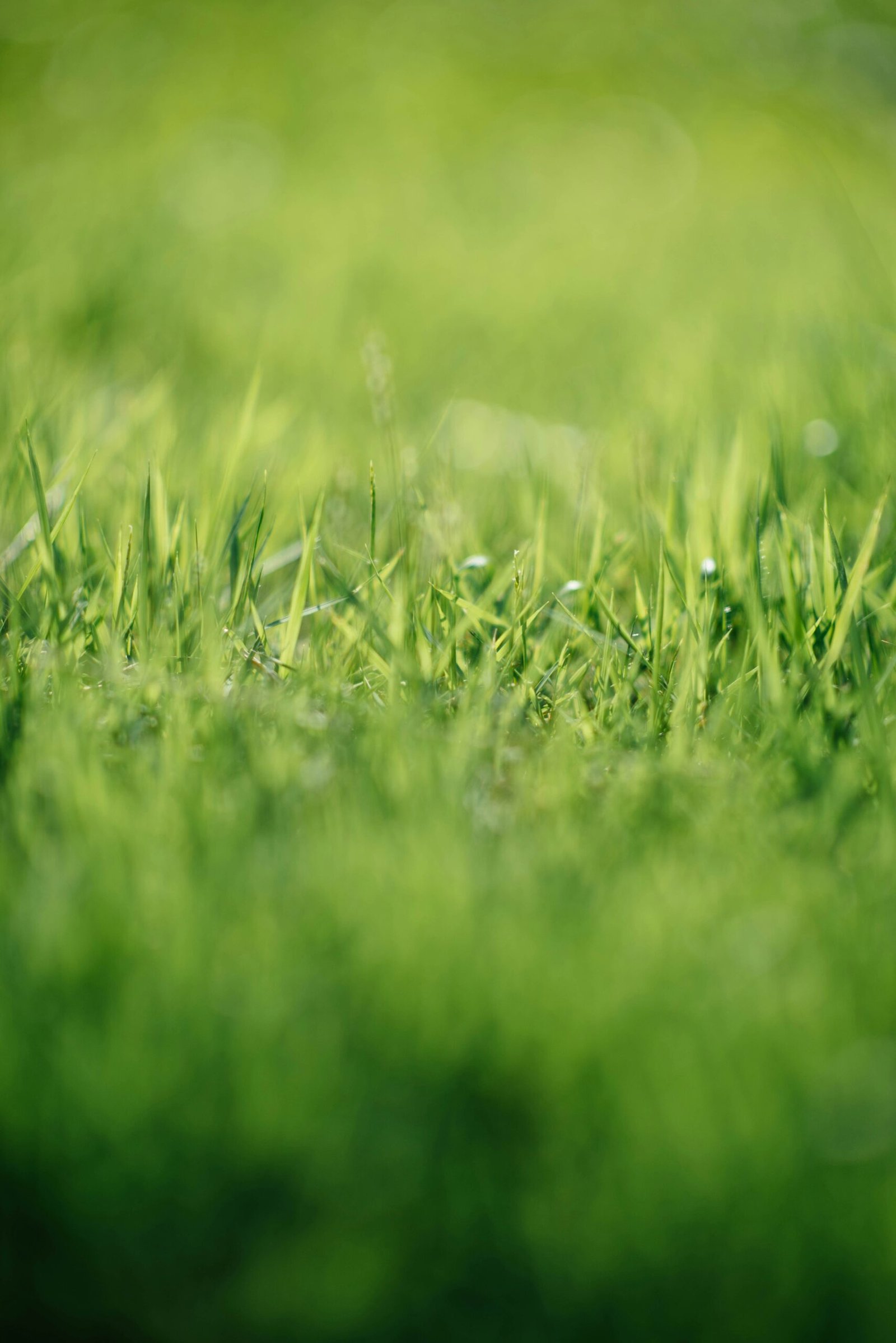Introduction to Urban Green Spaces
Urban green spaces are essential components of modern city planning, encompassing a variety of natural environments such as parks, gardens, green roofs, and other forms of green infrastructure. These spaces play a crucial role in enhancing the livability of urban areas by providing residents with accessible areas for recreation, relaxation, and social interaction.
Parks and gardens are perhaps the most recognizable types of urban green spaces. They provide not only aesthetic value but also serve as vital habitats for urban wildlife. Green roofs, on the other hand, are innovative solutions that transform the tops of buildings into verdant landscapes, contributing to energy efficiency and stormwater management. Other green infrastructures, such as green walls and community gardens, further integrate nature into the urban fabric.
The importance of urban green spaces extends beyond their visual appeal. They are indispensable for promoting sustainable urban development. These areas help mitigate the urban heat island effect, reduce air pollution, and improve overall air quality. Moreover, they play a significant role in water management by absorbing rainwater, thereby reducing the risk of flooding and easing the burden on urban drainage systems.
In urban planning, the inclusion of green spaces is fundamental to creating sustainable and livable cities. They offer multiple social, environmental, and economic benefits. For instance, green spaces can enhance mental health by providing residents with a respite from the hustle and bustle of city life. They also serve as venues for community events, fostering social cohesion and a sense of community identity. Economically, proximity to green spaces can increase property values and attract businesses, contributing to the overall economic vitality of urban areas.
As cities continue to grow and densify, the strategic incorporation of urban green spaces becomes increasingly vital. These spaces not only enhance the quality of life for urban residents but also contribute to the ecological resilience of cities, making them more adaptable to the challenges posed by climate change and urbanization.
Explore Category: Environmental Solutions
Green Cities | Sustainable Cities

Table of Contents
Improving Air Quality
Air Quality Improvement
Urban green spaces play a crucial role in enhancing the air quality of cities. These areas, which include parks, gardens, and tree-lined streets, act as natural air purifiers, filtering harmful pollutants from the atmosphere. Plants, particularly trees, are adept at capturing airborne particulates such as dust, pollen, and smoke, which can significantly reduce the concentration of these pollutants in the air. Through a process known as phytoremediation, plants absorb contaminants through their leaves and roots, effectively cleaning the air and contributing to a healthier urban environment.
Trees are particularly effective in mitigating air pollution. They absorb carbon dioxide (CO2) and release oxygen through the process of photosynthesis. This not only helps in reducing greenhouse gas levels but also replenishes the oxygen supply, making the air more breathable. Moreover, trees can intercept particulate matter on their leaves, which can then be washed away by rain, further reducing the levels of airborne pollutants. The presence of mature trees in urban green spaces can lower ambient temperatures, thereby reducing the formation of ground-level ozone, a harmful air pollutant.
The impact of urban green spaces on respiratory health is profound. Numerous studies have shown that areas with abundant vegetation have lower incidence rates of respiratory diseases such as asthma and bronchitis. The improved air quality in these green spaces helps reduce the exposure to harmful pollutants, thereby alleviating symptoms and improving overall respiratory health for city inhabitants. Additionally, the presence of greenery can provide psychological benefits, reducing stress and promoting a sense of well-being, which indirectly contributes to better respiratory health.
In conclusion, urban green spaces are indispensable assets in the quest for better air quality in cities. Through the mechanisms of pollutant filtration, carbon dioxide reduction, and cooling effects, these green areas not only enhance environmental conditions but also promote the health and well-being of urban populations.
Mitigating Urban Heat Islands
Urban heat islands (UHIs) are areas within cities that experience significantly higher temperatures than their rural surroundings. This phenomenon arises due to the extensive use of concrete, asphalt, and other materials that absorb and retain heat. The lack of vegetation exacerbates the situation, making urban environments considerably warmer, especially during the summer months. These elevated temperatures can lead to increased energy consumption, higher greenhouse gas emissions, and adverse health effects on urban dwellers.
Urban green spaces play a pivotal role in mitigating the effects of urban heat islands. The cooling properties of vegetation are well-documented. Trees and plants contribute to lower temperatures through a process known as evapotranspiration, where water is transferred from the soil to the atmosphere via plant leaves. This natural cooling effect can significantly reduce the ambient temperature in green areas, creating cooler microclimates within cities.
Shading provided by trees and other vegetation is another crucial factor in combating UHIs. By blocking direct sunlight, trees can lower surface temperatures on streets, sidewalks, and building exteriors. This shading effect not only cools the immediate area but also reduces the heat absorbed and re-emitted by urban infrastructure. As a result, shaded areas can be several degrees cooler than their unshaded counterparts, offering respite from the oppressive heat.
Furthermore, urban green spaces contribute to a reduction in energy consumption for cooling buildings. The presence of trees and vegetation around structures can lower indoor temperatures, decreasing the reliance on air conditioning systems. This, in turn, leads to lower energy bills and reduced strain on the power grid, especially during peak usage periods. By incorporating green spaces into urban planning, cities can enhance energy efficiency and foster a more sustainable living environment.
In conclusion, the integration of green spaces within urban settings is essential for mitigating the adverse effects of urban heat islands. Through the cooling properties of vegetation, effective shading, and the reduction of energy consumption, green spaces play a vital role in enhancing the livability of our cities.
Enhancing Physical and Mental Health
Urban green spaces play a pivotal role in enhancing the physical and mental health of city dwellers. These areas provide ample opportunities for exercise, which is crucial for maintaining physical health. Whether it’s jogging along tree-lined paths, practicing yoga in the park, or participating in community sports, urban green spaces offer a variety of activities that encourage residents to stay active. Regular physical activity is known to reduce the risk of chronic diseases such as obesity, diabetes, and cardiovascular conditions, making these green spaces invaluable assets to urban living.
Beyond physical health, urban green spaces significantly contribute to mental well-being. The presence of greenery and natural landscapes has a calming effect, helping to reduce stress and anxiety levels. Spending time in nature, even within an urban setting, has been shown to lower cortisol levels, which are indicative of stress. The tranquil environment of parks and gardens provides a much-needed escape from the hustle and bustle of city life, fostering a sense of peace and relaxation.
Moreover, urban green spaces facilitate social interaction, which is essential for mental health. These areas serve as communal gathering spots where individuals can connect with family, friends, and neighbors. Social interactions within these spaces help to build strong community ties and combat feelings of loneliness and isolation, which are common in densely populated urban environments. The sense of community fostered by these interactions enhances overall mental well-being and creates a supportive environment for residents.
Furthermore, exposure to natural elements within urban green spaces has been linked to improved cognitive function. Studies have shown that spending time in green spaces can enhance concentration, creativity, and problem-solving abilities. This cognitive boost is particularly beneficial for children and adolescents, contributing to their academic performance and overall development.
In essence, urban green spaces are not just aesthetic additions to cities but are fundamental to the health and well-being of their residents. By promoting physical activity, reducing stress, fostering social connections, and enhancing cognitive function, these green areas play a crucial role in enhancing the livability of urban environments.
Promoting Biodiversity
Urban green spaces play a pivotal role in promoting biodiversity within city landscapes. These areas, encompassing parks, gardens, and other green infrastructures, serve as vital habitats for a myriad of species, from flora to fauna. By providing essential resources such as food, shelter, and breeding grounds, urban green spaces support a diverse array of organisms, contributing significantly to the ecological health of urban areas.
Parks and gardens are often designed with a variety of native plants, which are crucial for sustaining local wildlife. These plants attract insects, birds, and small mammals, creating a balanced ecosystem within the urban environment. The presence of native vegetation not only supports existing species but also encourages the return of those that may have been displaced due to urbanization.
In addition to parks and gardens, other forms of green infrastructure, such as green roofs and walls, contribute to biodiversity. Green roofs, for example, provide an elevated habitat for birds and insects, while green walls offer vertical spaces that can be colonized by plants and small animals. These innovative solutions not only enhance the aesthetic appeal of urban areas but also mitigate the effects of habitat fragmentation caused by urban sprawl.
Furthermore, urban green spaces serve as important corridors for wildlife, facilitating movement and genetic exchange between populations. These corridors are essential for the survival of many species, particularly in densely populated cities where natural habitats are limited. By connecting fragmented habitats, green spaces help maintain healthy populations and reduce the risk of local extinctions.
Overall, the integration of green spaces into urban planning is a crucial strategy for promoting biodiversity. By creating and maintaining diverse habitats, cities can support a wide range of species, contributing to the overall ecological resilience of urban environments. As urbanization continues to expand, the importance of preserving and enhancing urban green spaces for biodiversity cannot be overstated.
Social and Community Benefits
Urban green spaces play a pivotal role in enhancing the social fabric of cities. These areas serve as vital gathering places where residents can engage in recreational activities, fostering a sense of community and belonging. Whether it’s a casual stroll in the park, a family picnic, or a community festival, urban green spaces provide a variety of opportunities for social interaction and communal activities.
One of the significant advantages of urban green spaces is their ability to promote social cohesion. These spaces are inclusive environments where people from diverse backgrounds can come together, share experiences, and build relationships. This interaction helps bridge social divides, fostering a sense of unity and mutual respect among city dwellers. Furthermore, the presence of green spaces in urban settings encourages intergenerational connections, as they are frequented by people of all ages, from children to seniors.
Moreover, urban green spaces are instrumental in hosting community events and activities, which further strengthen social bonds. Local festivals, outdoor concerts, farmers’ markets, and fitness classes are just a few examples of events that can take place in these settings. Such activities not only provide entertainment and opportunities for physical exercise but also create a platform for cultural expression and community engagement. By facilitating these events, urban green spaces contribute to the vibrancy and dynamism of city life.
In addition to fostering social interactions, urban green spaces also offer mental health benefits. Spending time in nature has been shown to reduce stress, improve mood, and enhance overall well-being. This positive impact on mental health is particularly important in urban environments, where residents are often exposed to high levels of stress and noise. By providing a tranquil and natural escape, urban green spaces help mitigate these stressors, contributing to a healthier and happier community.
In essence, urban green spaces are much more than just aesthetic enhancements to cities. They are crucial for building strong, connected, and resilient communities. Their role in promoting social cohesion, providing venues for community events, and enhancing mental well-being underscores their importance in the urban landscape.
Economic Benefits
Urban green spaces offer a plethora of economic advantages that contribute significantly to the overall growth and sustainability of cities. One of the primary benefits is the increase in property values. Properties located near parks, gardens, and other green spaces tend to have higher market values compared to those in less green areas. This increase in property values not only benefits individual homeowners but also boosts the municipal tax base, providing cities with additional revenue streams to fund public services and infrastructure projects.
In addition to enhancing property values, urban green spaces serve as major attractions for tourism. Parks, botanical gardens, and nature reserves draw visitors, both local and international, contributing to the local economy. Tourists spend money on accommodation, dining, and other recreational activities, thereby generating substantial income for businesses and creating jobs within the community.
Another significant economic benefit of urban green spaces is their contribution to reducing healthcare costs. Green spaces encourage physical activities such as walking, jogging, and cycling, promoting healthier lifestyles among urban dwellers. Regular physical activity can mitigate the risk of chronic diseases such as obesity, diabetes, and cardiovascular conditions, leading to lower healthcare expenses for both individuals and public health systems. The mental health benefits, including reduced stress and improved mood, also contribute to overall well-being, further decreasing medical costs.
Urban green spaces also provide fertile ground for the growth of green jobs. These include roles in landscaping, horticulture, environmental education, and park management. The maintenance and development of these areas require a skilled workforce, offering employment opportunities that contribute to economic stability. Furthermore, initiatives aimed at conserving and expanding green spaces often receive funding from governmental and non-governmental sources, fueling the local economy through project-based investments.
In essence, the economic benefits of urban green spaces are multifaceted and far-reaching. By increasing property values, attracting tourism, reducing healthcare costs, and providing opportunities for green jobs, these areas play a crucial role in enhancing the economic vitality and livability of cities.
Challenges and Future Directions
Creating and maintaining urban green spaces poses several significant challenges. One of the primary obstacles is securing adequate funding. Green spaces require substantial investment for initial development, ongoing maintenance, and revitalization projects. Municipal budgets are often stretched thin, competing with other essential services such as public safety, transportation, and education. As a result, funding for green spaces can be inconsistent and insufficient.
Space constraints present another formidable challenge. Urban areas are characterized by high population densities and limited land availability. Finding suitable locations for new parks or green areas often means competing with other urban development priorities, such as housing and commercial projects. This competition can make it difficult to allocate sufficient space for green initiatives without compromising other urban needs.
Maintenance of urban green spaces is another critical issue. Regular upkeep is essential to ensure these areas remain safe, clean, and accessible to the public. However, maintenance activities can be labor-intensive and costly, necessitating a reliable source of funding and a dedicated workforce. Without proper maintenance, green spaces can quickly fall into disrepair, diminishing their usability and aesthetic value.
Looking to the future, innovative solutions are being explored to overcome these challenges and integrate more green spaces into urban environments. One promising approach is the concept of vertical gardens or green walls. These structures maximize limited space by utilizing building facades to grow plants, contributing to urban greenery without requiring additional land. Similarly, rooftop gardens and green roofs offer another way to introduce vegetation in densely built environments.
Public-private partnerships are also emerging as a viable strategy for funding and maintaining urban green spaces. By leveraging the resources and expertise of both sectors, cities can develop and sustain green areas more effectively. Community involvement and volunteer programs can further enhance maintenance efforts, fostering a sense of ownership and stewardship among residents.
Moreover, incorporating green spaces into urban planning from the outset can ensure these areas are prioritized alongside other development goals. Integrating green infrastructure, such as greenways, urban forests, and open spaces, into city plans can create more resilient and livable urban environments, benefiting both current and future generations.
- 5. Understanding FSMO Roles in Active Directory | Active Directory Tutorial - September 29, 2024
- 4. Installing Active Directory Domain Services (ADDS) | Active Directory Tutorial - September 4, 2024
- 3. Structure of a Domain in Active Directory | Active Directory Tutorial - September 4, 2024
Other Useful WebSites:
Poems and Stories by ThePoemStory
Online Education by ThePoemStory









